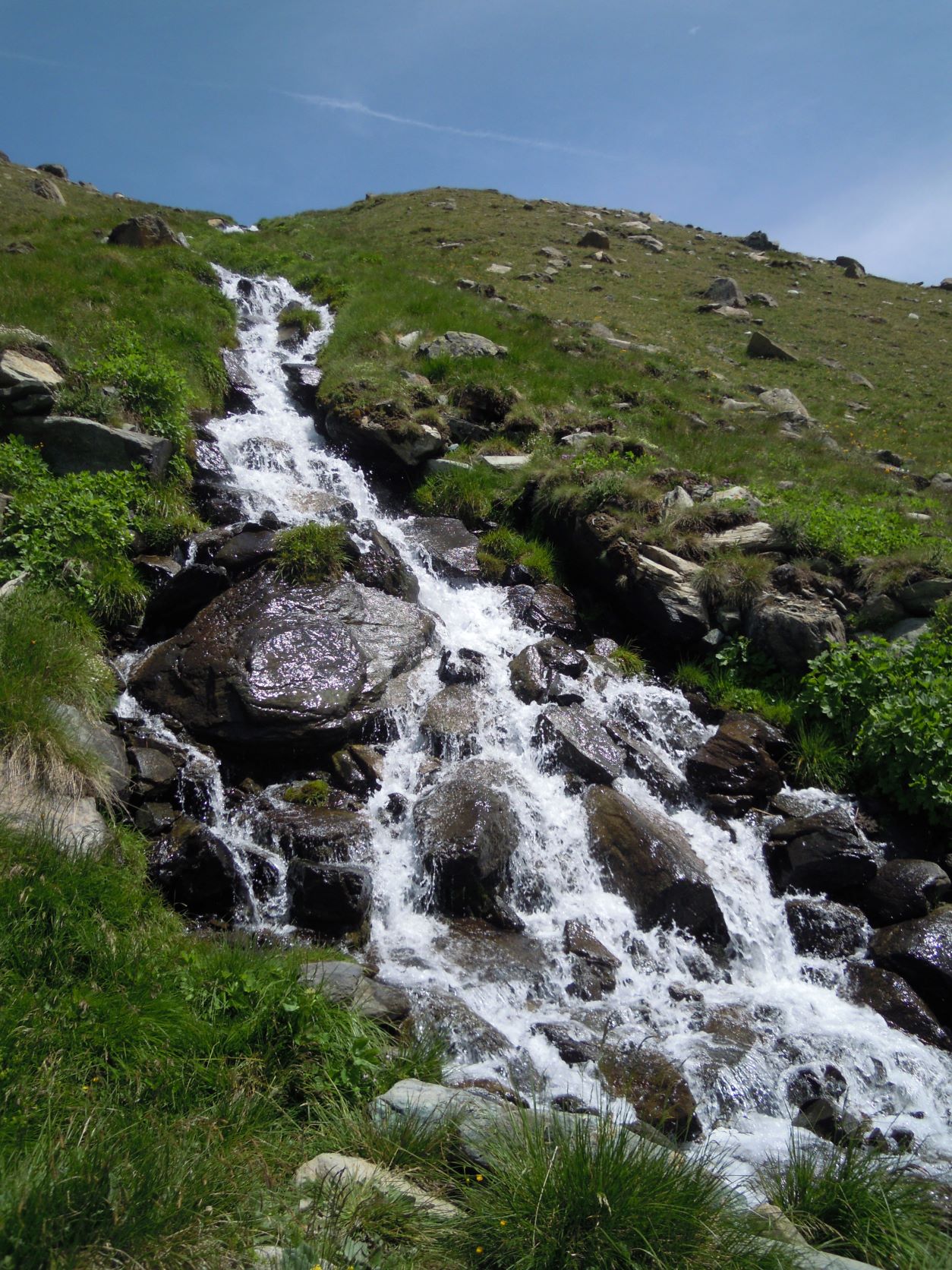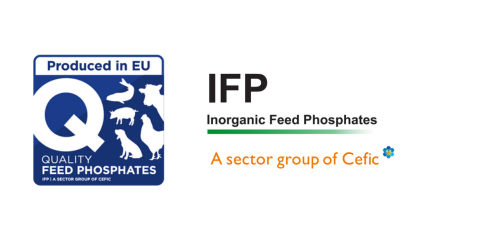Did you know why phosphates can cause water eutrophication and how to limit this?

Absence or low oxygen in waters lead to a lower water quality and its consequences, such as tainting drinking water, reducing fish presence, ecological degradation etc.
One of the causes of a higher presence of nutrients in water can be the leak in nature and groundwater of excreta of animals fed with poorly digestible feedstuff. The main reason of eutrophication in fresh waters is phosphorus excess (as it is the limiting factor in natural conditions).
By using high quality and high digestible feed phosphates produced in Europe, animal production can reduce the risk of eutrophication.
What are feed phosphates?
Inorganic feed phosphates (IFP) are inorganic salts of phosphoric acid used to supplement animal diets. Different types exist like calcium-phosphates (including dicalcium-, monocalcium- and monodicalcium phosphates), magnesium-phosphates, calcium-sodium, sodium-phosphates and ammonium-phosphates.
What is the base for feed phosphates?
All phosphate-based products, including fertilizers, but also feed phosphates are based on rock phosphate or on so-called fluor-apatite. Rock phosphate occurs widely in nature. Large deposits exist in Russia, USA, North Africa and China, where they are extracted mostly by opencast mining.
How are inorganic feed phosphates produced?
Inorganic feed phosphates are mostly produced based on partial purified so-called feed grade phosphoric acid. This phosphoric acid is produced from rock phosphate or apatite. Other production routes exist like the production based on hydrochloric acid for the production of dicalcium phosphate.
What are inorganic feed phosphates used for?
Inorganic feed phosphates are used to balance the phosphorus requirements of modern high-producing animals. Animals do have certain requirements for phosphorus depending on age, production, etc.
Why is phosphorus important in animal nutrition?
Phosphorus is one of the most important minerals in animal nutrition. The importance of phosphorus is reflected in multiple functions. It is the second most abundant element in an animal’s body after calcium, with 80% of the phosphorus found in the bones and teeth, and the remainder located in the body fluids and soft tissues.
What is the function of phosphorus in the animal?
Phosphorus has more physiological functions than any other mineral, such as:
- Development and maintenance of skeletal tissue: the greatest proportion of phosphorus is devoted to maintaining and supporting the skeleton, where it is c-precipitated with calcium in the form of hydroxyapatite. The skeleton not only acts as a support system but also as a reservoir of phosphorus and calcium from which the body can draw.
- Maintenance of osmotic pressure and acid-base balance
- Energy utilization and transfer: phosphorus plays a vital role in energy regulation
- Appetite control and efficiency of feed utilization
and many more …
Are phosphorus requirements of the different animals known?
Yes, phosphorus requirements are tabled for all animals. However, the system of expressing these requirements differs between the different areas. In Europe, the requirements for pigs are expressed in "digestible phosphorus", for poultry in "available or absorbable phosphorus" or "digestible phosphorus", and for ruminants simply as the total amount of phosphorus.
Is the content of digestible phosphorus of the different inorganic feed phosphates known?
Yes, in the past but even now trials are carried out to assess the level of digestible phosphorus in the different feed phosphates as accurately as possible. Tabled values do exist and based on this, feed formulators and feed producers can produce feed that matches the animal phosphorus requirements as accurately as possible.
Are feed phosphates the only phosphorus sources?
No the majority of phosphorus in animal feed is originating from plant materials. However, this is largely in the form of phytate phosphorus which is virtually unavailable for monogastric animals (poultry, pigs), making it impossible to meet the animal requirements with plant materials alone. Phosphorus supplementation is essential. Ruminants have the ability to digest the phytate phosphorus in plant materials in the rumen. But even so, comparison with the requirements of ruminants with levels of phosphorus supplied by normal pasture show that in most cases additional phosphorus in the form of inorganic feed phosphates is necessary.
Are there alternatives to feed phosphates?
Indeed. All feed materials containing high total and available phosphorus levels can be used as a source of phosphorus in animal nutrition. Nowadays, there is also the possibility to use phytase, an enzyme able to liberate the phytate-bound phosphorus in plant materials and to make the phosphorus available for monogastric animals. However, phytase is not able to release all phosphorus and, therefore, there is still a need for supplementing animal feeds with inorganic feed phosphates.
What happens with the phosphorus which is not digested by the animal?
This is voided in the manure, where it can be used as a cheap natural source of phosphorus next to nitrogen and other minerals. The majority of the phosphorus in the manure, however, doesn't originate from the use of inorganic feed phosphates but, for the greater part (>95%), from undigested plant phosphorus.
Does the phosphorus in manure represent an environmental problem?
Plants need certain levels of phosphorus and, therefore, manure is a cheap natural source of phosphorus. Only when the supply of phosphorus from manure exceeds plant growth requirements, the phosphorus surplus can accumulate in the soil, from which it can be used for successive crops, but also enter the water system through run-off and soil erosion
